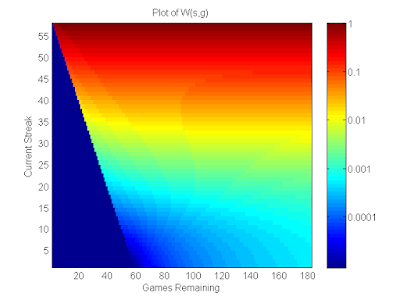Removing redundant constraints from a linear system of equations
Suppose you are solving an optimization problem with linear equality constraints of the form
$ Ax = b $
Several off-the-shelf optimizers, including those available in CVXOPT and scipy will complain if A is not full rank. That is, if A contains redundant constraints then optimization will likely fail. So how can we easily deal with this issue? The code below is something you can plug into your program for a quick fix to the issue. Simply call
A, b = reduce_row_echelon(A, b) to get an equivalent set of constraints with redundancies removed. # Consumes a *consistent* rectangular system of equations
# Produces a new compacted system of equations with linearly dependent rows removed
# Note: this algorithm computes the row echelon form of the augmented matrix
# This algorithm should be numerically robust
def reduce_row_echelon(B, y):
A = np.concatenate([B, y[:,np.newaxis]], axis=1)
m,n = A.shape
c = 0
for r in range(m):
# find first non-zero column
while c+1 < n and np.all(A[r:, c] == 0):
c += 1
if c+1 == n:
return A[:r,:-1], A[:r,-1]
# find row with largest value in that column
i_max = r+np.argmax(np.abs(A[r:,c]))
# swap those rows
A[[i_max, r]] = A[[r, i_max]]
A[r,:] /= A[r,c]
# zero out column for every row below r
for i in range(r+1, m):
A[i,:] -= A[i,c]*A[r,:]
# clamp small values to 0
A[np.abs(A) < 1e-12] = 0
return A[:,:-1], A[:,-1]

Comments
Post a Comment